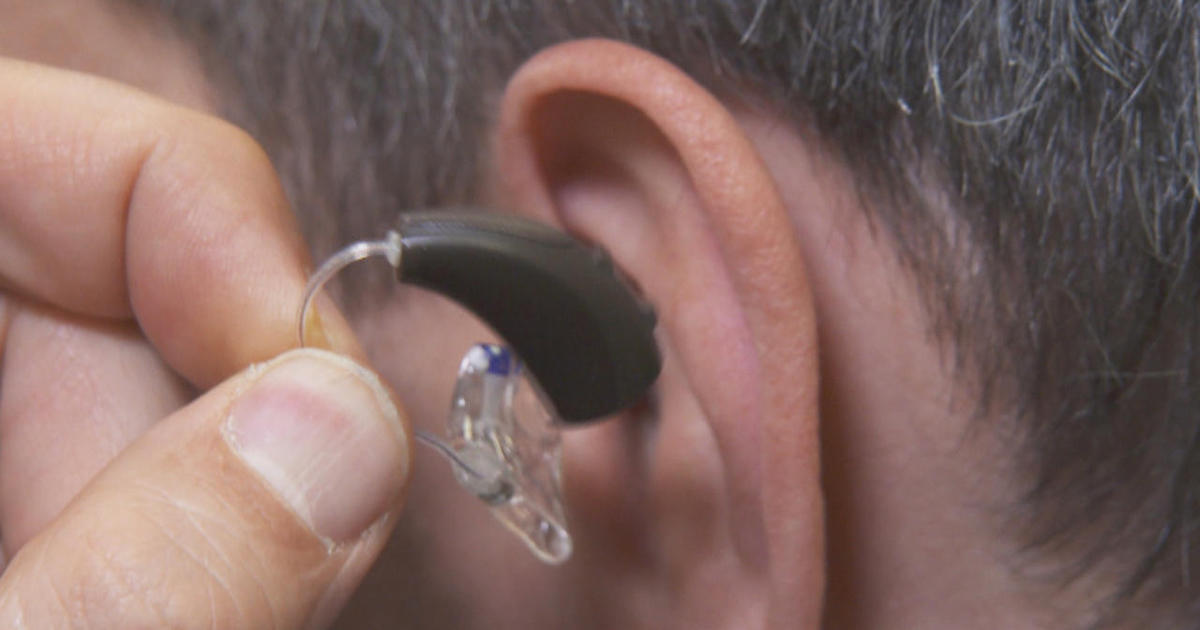 Hearing aids are the most common treatment for hearing loss. Millions of individuals wear these miniature, custom-fit, digitally programmed and personalized hearing solutions every day. If you rely on hearing aids to keep you hearing clearly at all times, you know how important it is to quickly identify and address any problems.
Hearing aids are the most common treatment for hearing loss. Millions of individuals wear these miniature, custom-fit, digitally programmed and personalized hearing solutions every day. If you rely on hearing aids to keep you hearing clearly at all times, you know how important it is to quickly identify and address any problems.
Common hearing aid issues
The four most common issues hearing aid wearers experience are:
- My hearing aids aren’t producing any sound (or my hearing aids are “dead”)
- My hearing aids aren’t loud enough
- My hearing aids sound “funny” or distorted
- My hearing aids are “whistling” or producing feedback
Below we address each issue and provide the simplest fixes first.
My hearing aids aren’t producing any sound
- Visually examine the hearing aid. Is there earwax blocking the microphone opening or sound outlet? Carefully clean away any debris.
- Make sure your hearing aid is turned on. Hearing aids are usually powered on by closing the battery door. If the battery door won’t shut easily, the battery is likely upside down. Take the battery out, flip it and try inserting again. If placed properly, the door will close easily.
- Turn up the volume with your remote control or directly on the hearing aid. If you have a manual volume control wheel, adjust the wheel up and down a couple of times to make sure it’s all the way on.
- Toggle between the programs or memories. If you have a button to change settings, press it and listen for several minutes to see if that makes a difference.
- Replace the battery. If you have a hearing aid battery tester, check the voltage of the old battery to confirm it’s dead before activating a new battery by removing the sticker.
- Consider whether the hearing aid may be damaged.
My hearing aids aren’t loud enough
- Visually examine the hearing aids. Is there earwax blocking the microphone opening or the sound outlet? If you wear a behind-the-ear (BTE) hearing aid with an earmold and tubing, inspect the tubing to make sure there are no cracks, blockages or beads of moisture. Contact your hearing center if you need assistance replacing
- Turn up the volume with your remote control or directly on the hearing aid. If you have a manual volume control wheel, adjust the wheel up and down a couple of times to make sure you can hear the volume changing.
- Try a different program or memory. You may have accidentally switched to a different program that is set differently to your usual program.
- Consider whether your hearing may have changed. If it’s been a while since your last hearing evaluation, you may need to schedule a hearing test with your hearing care professional. They may be able to adjust your hearing aids to accommodate any changes to your hearing ability.
My hearing aids sound “funny” or distorted
- Visually examine the batteries. Are they corroded? If so, replace them.
- Inspect the battery contacts. These are the little metal prongs that connect with the battery when the door is closed. Are they corroded? If so, open and close the battery compartment several times to clean the contacts. Then replace the battery and see if the sound has improved. Do they appear to make contact with the battery? If they are oriented correctly to make contact, you are likely to see scratches on the surface of a used battery.
- Try a different program or memory. You may have accidentally switched to a wireless setting meant to be used with an assistive listening device.
- Consider whether the hearing aids may be damaged.
My hearing aids are “whistling” or producing feedback
- If your hearing aids are whistling while in your ears, remove them and try re-inserting them. They may not be inserted properly.
- Turn down the volume. If the hearing aids are properly inserted and they stop whistling when you turn down the volume, there may be too much sound leaking out through the vent or around the earmold. You may need to have the fit adjusted by your hearing care professional.
- If you think your ear canals may be blocked with earwax, see your hearing care professional or physician to have your ears cleaned thoroughly. This blockage could be causing feedback in two different ways:
—You turn up the volume higher than normal so you can hear through the earwax, leaking out more sound than usual, or
—Sound can bounce off any blockage in your ear canal and leak back out. - If you have recently lost a considerable amount of weight, the fit of your hearing aids may have changed. You may need to have your hearing aids or earmolds remade.
If you’ve tried these troubleshooting tips and your hearing aids still aren’t working, come see one of our Audiologists – we may be able to fix the issue in the office on the same day. If one or both of your hearing aids need factory repairs, we can take care of that for you as well.
Source: Healthy Hearing
